In praise of parsnip flowers and seeds
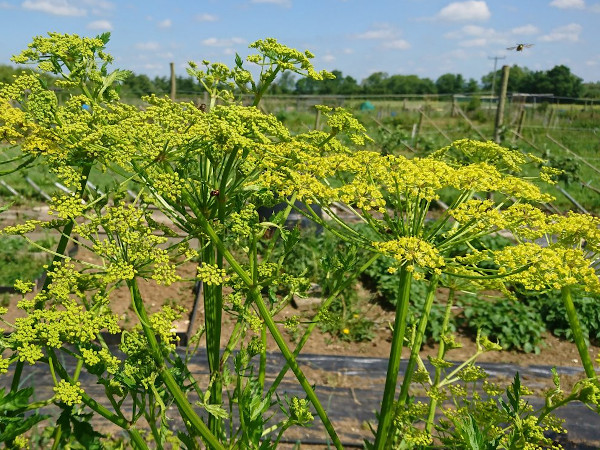
What are those yellow flowers? Its a common question asked by visitors to the plot at this time of year. The eye-catching flowers that tower above everything else are parsnips. It’s a shame that more don’t keep their parsnips in the ground overwinter and let them flower. Not only are they attractive plants with their clouds of yellow umbels, but there other benefits too.
The first benefit is quickly evident when you look at the flowers on a sunny day – they are buzzing with insects. Not just honey bees and bumble bees, but a variety of hoverflies and also parasitic wasps. I love to encourage parasitic wasps as they lay their eggs in cabbage white caterpillars, parasitizing them and causing them to die
The second benefit is seed saving. Parsnips are biennial so they flower and set seed in the second year. They are insect pollinated, and can be cross-pollinated or self pollinated. I always let some parsnips go to seed because parsnip seed has a short ‘shelf life’ and I want fresh seed every year. You get thousands of seeds from each plants so its well worth the effort.
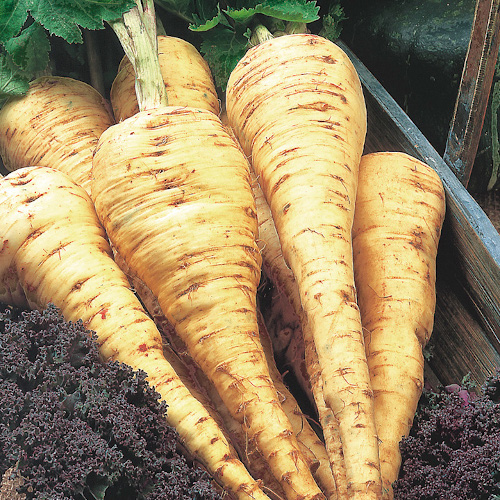
It’s important to make sure that you take seed from good examples, otherwise you might end up breeding for smaller roots or canker susceptibility. You can either leave the plants in the ground overwinter or if you need the ground, lift the roots in winter and keep some of the best to replant. Twist off back the foliage and store the roots in a box of dry sand in a frost-free place over winter and replant in spring. You need to have a fair number of plants otherwise you will lose genetic diversity and the quality of your crop will decrease very quickly! So aim for at least 20 plants.
Its best to save seed from just a single variety as you need at least 800m between different varieties to prevent cross pollination. Harvest the seed once the umbels have turned brown and are dry. Many recommend that you only take seed from the first few umbels that form and from those found at the centre of the plant as they produce the better quality seed, but you can collect from any of the umbels if you need more seed. Hang the umbels for a few days in a dry place and then remove the seed by rubbing them between your gloved hands.
Note: parsnip produces an irritant so make sure you wear gloves when handling parsnip. If you want to read more about saving parsnip seed have a read of the information on the Open Pollinated Seeds website.
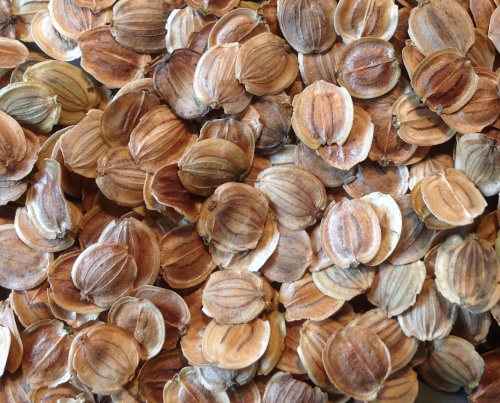
I started saving parsnip seed about 8 years ago, growing a traditional variety called Tender and True. This is an open pollinated variety, not a hybrid, so it will bred true and you can save seed. One of the several advantages of saving seed is that you are collecting seed from plants that have grown well on your soil and in your microclimate. Every year, you select the best plants from which to save seed, so over time you could even create your own cultivar.
Tender and True is a heritage variety of parsnip with a good flavour and resistance to canker,
and believe it or not, its the best selling seed in the Organic gardening Catalogue, top of all 500 varieties of vegetables that they sell.
The views expressed in our blog are those of the author and not necessarily lowimpact.org's




 Seed saving: a great idea, and now’s the time to start thinking about it
Seed saving: a great idea, and now’s the time to start thinking about it
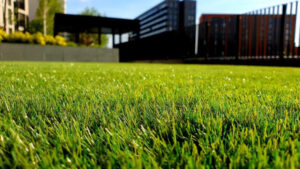 Sustainable alternatives to garden lawns: Part 1
Sustainable alternatives to garden lawns: Part 1
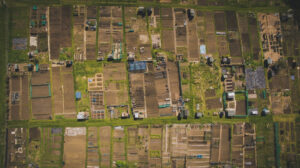 Zero food miles, zero packaging and plenty more: in praise of allotments
Zero food miles, zero packaging and plenty more: in praise of allotments
 Are metal raised beds safe for vegetables?
Are metal raised beds safe for vegetables?
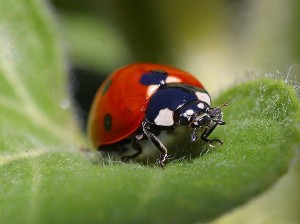 Natural pest & weed control
Natural pest & weed control
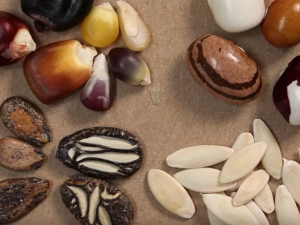 Seed saving
Seed saving
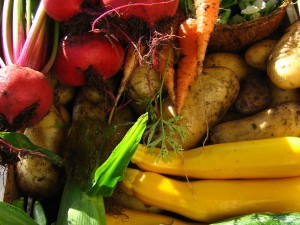 Vegetable growing
Vegetable growing


